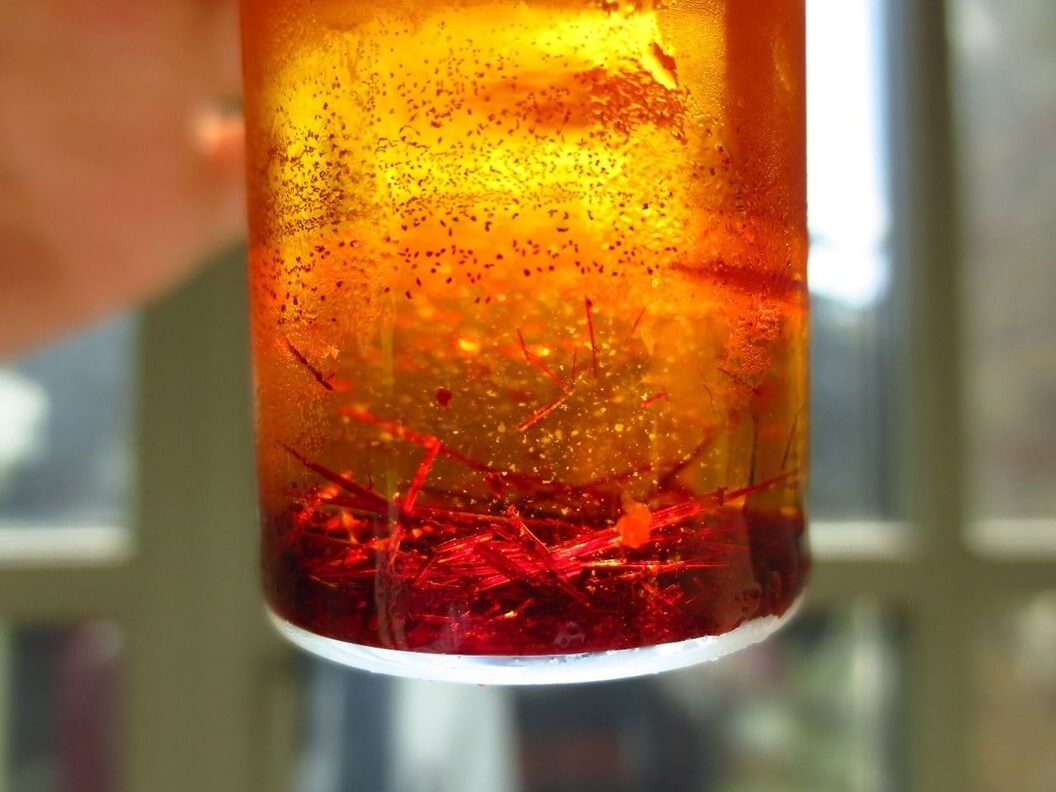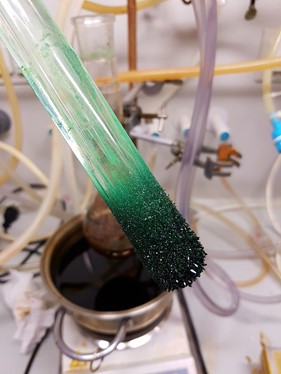Synthesis approaches
To fine tune and improve the precursor requirements rational design of the ligand sphere plays a crucial role. Metal-center coordination with respect to the bond stability of the coordinating atoms as well as ligand denticity have a significant impact on multiple parameters of the precursor such as stability and decomposition pathway. The overall ligand geometry and substitution patterns further influence tunable characteristics like thermal properties and aggregation state.

Owing to the required high reactivity, most of ALD and CVD precursors are sensitive towards air and moisture. Hence, the synthesis must be conducted under inert conditions and our group relies on sophisticated Schlenk-techniques. We use a bandwidth of metal-organic synthesis routes and techniques as for instance salt-metathesis, ligand exchange or adduct formation reactions, alongside crystallization and sublimation or distillation work-up procedures. For the compound characterization our excellent internal and external infrastructure featuring methods like nuclear magnetic resonance NMR, elemental analysis CHN-analysis, infrared spectroscopy IR, mass spectrometry MS, and single crystal X-ray diffraction SCXRD are employed. Furthermore, thermal properties are analyzed via thermogravimetric analysis TGA, differential thermal analysis DTA and differential scanning calorimetry DSC.


